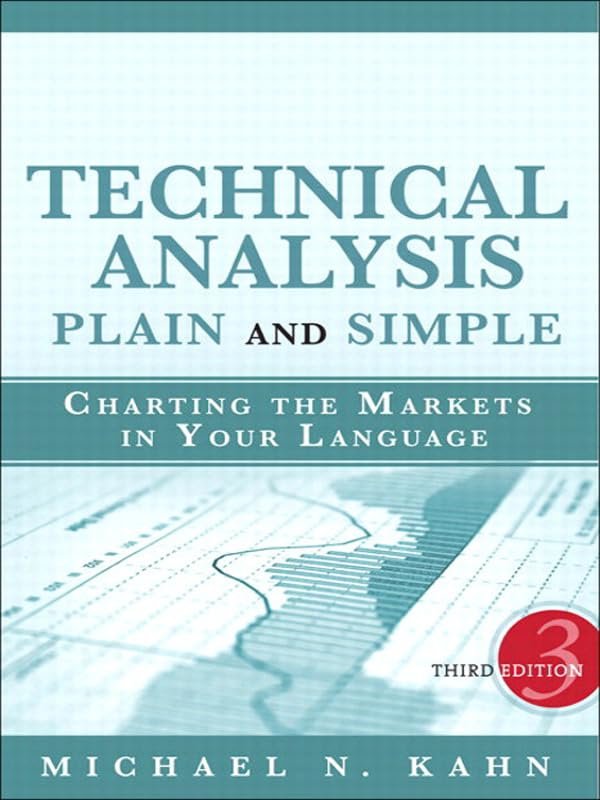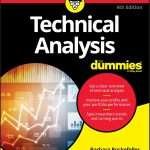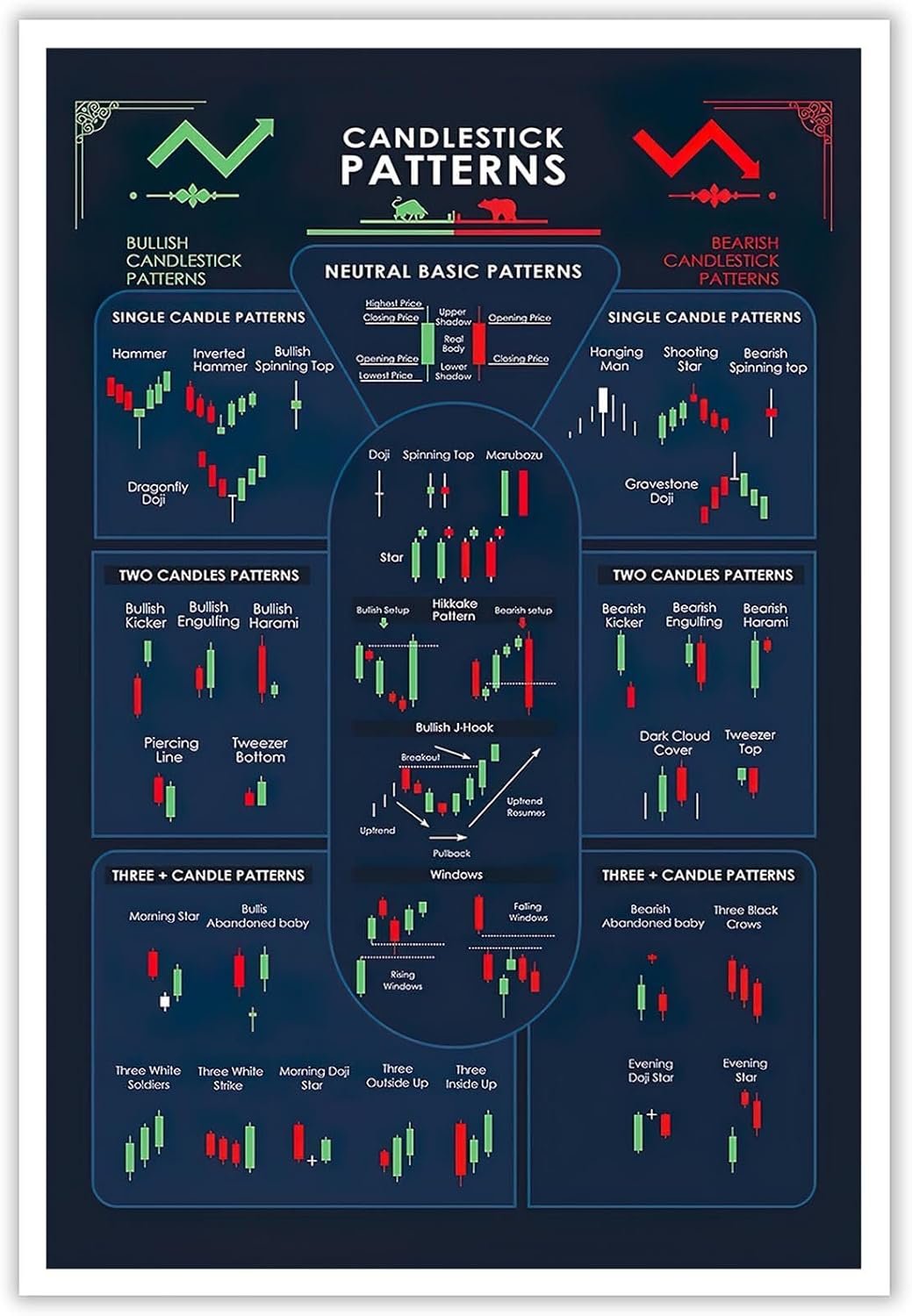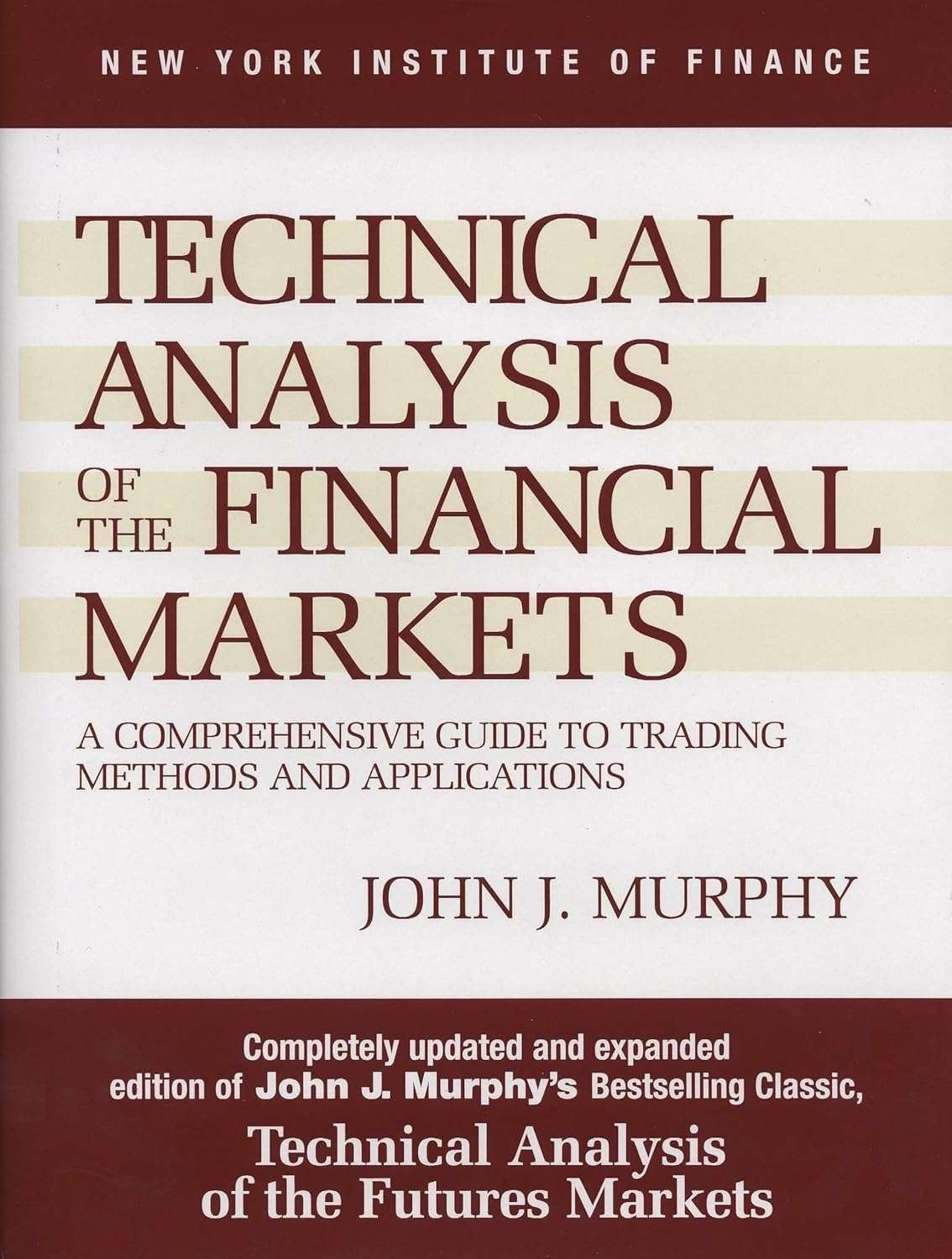Unlock Market Secrets: A Review of Technical Analysis Plain and Simple
You know, when it comes to investing, it often feels like trying to read tea leaves—only the leaves are moving stocks, graphs, and financial jargon that make your head spin. That’s where Technical Analysis Plain and Simple: Charting the Markets in Your Language comes into play. It promises to be the friendly tour guide through the sometimes tangled world of technical analysis, breaking down the complex stuff so even us mere mortals can make sense of market charts and trends.
Key Features
First off, this book isn’t about drowning you in math or mysterious formulas. Michael N. Kahn, the author, takes a practical approach, showing how to read charts and interpret market signals in plain English. If you’ve ever scratched your head over why the Relative Strength Index (RSI) moves in one direction while prices lag behind, this is your go-to explanation. It’s like having that chatty, patient friend who explains the market’s secret language without the usual mumbo jumbo.
Kahn updates the book with examples that hit close to recent home runs — or strikeouts — like the real estate bubble of 2006, the oil price swing of 2008, and the bond market of 2009. These stories aren’t just market history lessons; they’re practical guides on how to spot potential bubbles and rotating sectors before they become headlines.
Unlock the Secrets of Technical Analysis
And there’s a comforting chapter on “black swan” events—those rare, chaotic market shocks that tend to throw everyone else’s trading plans out the window. Knowing how to navigate these can feel like having an umbrella in a storm.
Master Charting with Our Easy Guide
You also get into the nitty-gritty of why price and volume matter so much, how to sense when a market is about to rest or take off, and an introduction to candlesticks, cycles, and Elliott waves—without making it feel like a cryptic code.
Explore Technical Analysis Made Simple
Pros & Cons
On the plus side, many readers appreciate Kahn’s no-nonsense style and the way he demystifies technical analysis for beginners. The book is praised for being a solid starting point, with practical advice that complements other investment strategies. The real-world examples help ground sometimes abstract concepts, making it easier to grasp what’s really going on behind the candlesticks and trend lines.
That said, some reviewers note the book can feel a bit dated in parts, or perhaps not deep enough for seasoned traders looking for advanced techniques. A handful found the pacing slow or wished for more visuals to explain chart patterns. Given the wide range of market complexity, a few readers wanted more on integrating technical analysis with fundamental stock picking.
The 3.6-star rating from 35 reviews suggests that while Technical Analysis Plain and Simple hits the mark for many, it may not be everyone’s cup of tea—especially if you’re looking for a comprehensive, textbook-style manual.
Who Is It For?
This book is perfect for the newcomer who’s curious about technical analysis but intimidated by all the complex jargon out there. If you’ve ever wondered, “What does this chart actually tell me?” or “How do I spot a trend without guessing?” then Michael Kahn’s approach offers a gentle, straightforward introduction.
It’s also helpful for investors who want to add reasonable chart reading skills to their toolkit without losing sight of practical decision-making. Professionals might find it too basic, but individual investors at the early or intermediate stage will appreciate the clear explanations and real-world relevance.
Final Thoughts
Like any guide trying to decode the market’s secret club language, Technical Analysis Plain and Simple doesn’t promise foolproof answers. What it does offer is an accessible, down-to-earth primer that helps you “let the market talk” in a language you can understand. It’s a fine jumping-off point for investors looking to add some chart-reading smarts to their portfolio without getting lost in a sea of technicalities.
As an Amazon Associate, I earn from qualifying purchases.
So if you’re dipping your toes into technical analysis and want a book that talks to you, not over you, Michael N. Kahn’s work is worth a look. Just keep in mind that the market is a moving target, and this book will get you started—but like any skill, mastering the art takes time, practice, and maybe a touch of patience.
If you are looking for more information on technical analysis, trading advisories, brokers. trading platforms, trading systems, copy trading and more please visit our resources page:







